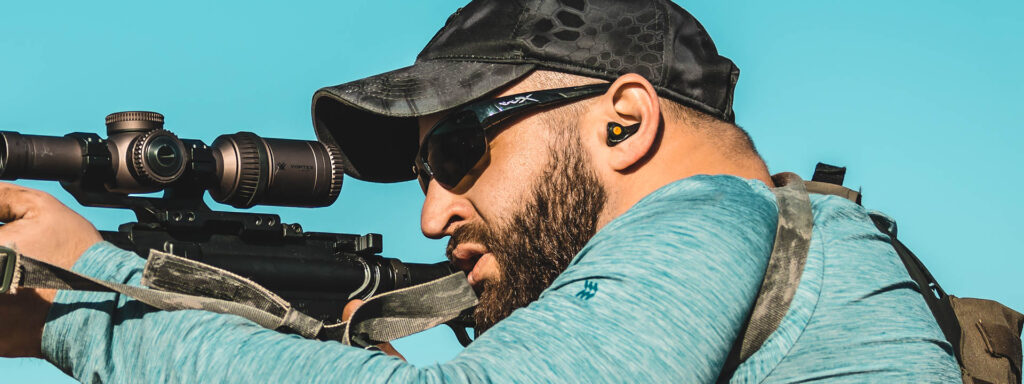Shooting sports demands keen focus and safety, of which hearing protection plays a crucial role. While the primary goal is to safeguard your hearing from the damaging effects of gunshots, the choice between in-ear plugs and over-the-ear muffs can significantly impact comfort, convenience, and even shooting performance. This article examines the distinct characteristics of both types and aids in determining which might be the best fit for your shooting needs.

In-ear plugs are favored for their compactness and low-profile design. They fit directly into the ear canal, offering a lightweight option that doesn’t interfere with the wearing of hats or eye protection. This feature makes them an ideal choice for shooters who find over-the-ear muffs cumbersome or obstructive, especially when aiming down sights or shooting from various positions.

Over-the-ear muffs encase the entire ear, providing a physical barrier that offers comprehensive hearing protection. They are generally considered more reliable in terms of consistent noise reduction, as they are less dependent on perfect fitment compared to in-ear plugs.
The decision between in-ear plugs and over-the-ear muffs often comes down to personal preference and specific shooting environments.
In conclusion, the best hearing protection for shooting depends on various factors including the shooting environment, type of activity, and personal comfort. In-ear plugs offer a compact, unobtrusive option with surprisingly effective protection, suitable for a range of shooters. Over-the-ear muffs provide a more consistent level of protection with the added benefit of advanced technological features. Understanding these nuances will help you make an informed decision, ensuring both the safety of your hearing and the enjoyment of your shooting experience.
